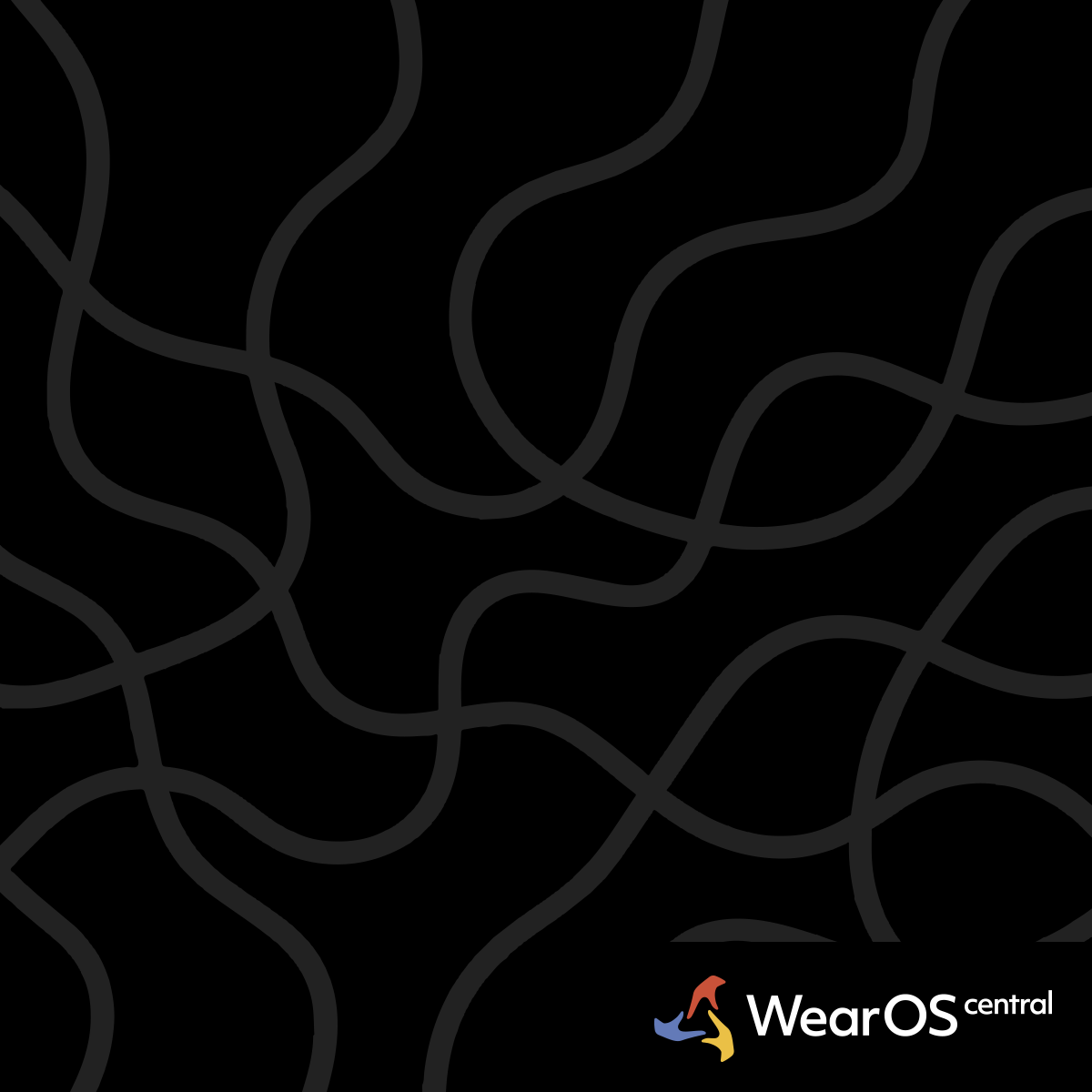Touch Bezel Experience
Watch: Galaxy Watch Ultra | WearOS 6
I have to admit, when I first heard about the Touch Bezel on the Samsung Galaxy Watch Ultra, I was skeptical. Another gimmicky feature that would probably feel artificial? But after spending weeks with this watch, the Touch Bezel has become one of my favorite interaction methods.
The way you navigate by dialing around the edge of the device feels surprisingly natural. As you move your finger around the bezel, the watch provides haptic feedback that genuinely simulates the ticking of a physical rotating bezel and I mean that in the best possible way.
Why I Love the Automatic Context Recognition
Here's what Samsung got absolutely right: the dial automatically controls whatever makes sense on the current screen. No need to tap first to select what you want to control the interface just knows. I find this eliminates so much mental overhead. You don't think "what should I control?" then "how do I control it?" You just start turning.
The context prediction works brilliantly for the stuff I do most: scrolling through my workout history, adjusting call volume when my phone rings, digging through settings when I'm tweaking something.
The Trade-off That Bugs Me Sometimes
Of course, this automatic approach comes with limitations that occasionally frustrate me. I cannot assign the bezel to control music playback directly from my watch face, which would be incredibly useful during workouts.
But I have learned to appreciate this constraint. The automatic detection works so well for core navigation that I would rather have reliability than infinite customization options that might break.
The Haptics Actually Feel Real
I was genuinely surprised by how convincing the haptic feedback feels. Each tick has weight and precision and the haptics make it incredibly accurate to use. Samsung nailed the calibration here. The feedback is strong enough that you feel it clearly, but subtle enough that it does not become annoying during long scrolling sessions.
Coming from traditional smartwatches where haptics often feel like afterthoughts, this implementation bridges the gap between physical and digital interfaces in a way I did not think was possible on a wearable.
How I Actually Use It
I find myself reaching for the touch bezel whenever I need precise control. Fine-tuning workout music volume, or methodically scrolling through long lists of notifications it excels at all of these.
What I appreciate most is how it solves the fundamental problem of multiple swipes on such a small screen. Instead of swiping repeatedly and constantly overshooting, the touch bezel usually only requires tiny micro adjustments to hit your target precisely. However, when you do need to make larger navigation movements, your finger can block the content you are trying to read, and the interaction can feel somewhat drawn out. But for those quick, precise adjustments it is absolutely perfect!
As you use it more, you naturally develop a hybrid approach where you instinctively choose the correct human computer interface (HCI) for the job. The touch bezel for precise control, traditional swipes for rapid movement. It becomes automatic to select the interaction method that best serves your immediate need.
HCI Future Vision
As a HCI expert, I can really see the potential and staying power of the touch bezel as a foundational interaction system. The concept is solid and the execution is impressive. I would love to see Samsung develop it further with a greater degree of customizability, allowing users to tailor the interaction patterns to their specific workflow needs.

 InventorBlack
InventorBlack